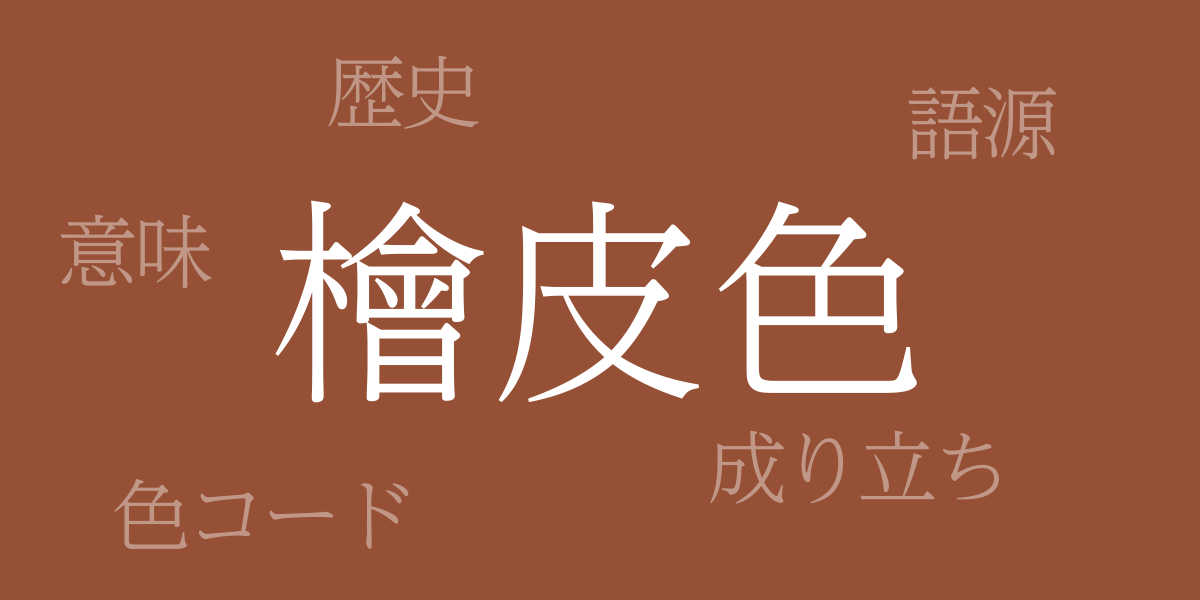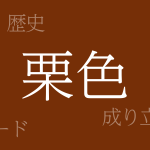Japan’s seasonal landscapes are renowned for their rich color palettes, captivating people around the world. Among these, the traditional Japanese color “Hiwada Iro” (檜皮色 – ひわだいろ) epitomizes the beauty of Japan’s nature and history. This article delves into the allure of Hiwada Iro, exploring its historical significance, color code, and its application in contemporary design.
About Hiwada Iro (檜皮色 – ひわだいろ)
Hiwada Iro (檜皮色 – ひわだいろ), literally meaning the color of cypress bark, reflects the shade of the bark of the Hinoki cypress, a tree long used in Japanese architecture, including in shrines and temples. This subdued reddish-brown color conveys warmth and tranquility and is extensively used in traditional Japanese architecture and crafts, deeply ingraining itself in the Japanese lifestyle.
The History of Hiwada Iro
Hiwada Iro has accompanied Japanese history, appearing in architectural elements since the Nara and Heian periods. Hinoki wood was especially prevalent in significant constructions. This color is also found in traditional Japanese paintings and textiles, prized for its ability to express the Japanese environment and the changing seasons.
Color Code of Hiwada Iro
For accurate replication in digital design and web development, the following color codes are provided for Hiwada Iro:
- HEX: #965036
- RGB: R:150 G:80 B:54
- CMYK: C:46 M:77 Y:86 K:10
Western Name of Hiwada Iro
While Hiwada Iro is admired globally, there isn’t a direct Western equivalent. However, similar shades are often referred to as ‘Cinnamon’ or ‘Saddle Brown’ in the West, which aptly describe the warm and rich tones of Hiwada Iro.
Summary on Hiwada Iro
As a symbol of Japanese nature and culture, Hiwada Iro continues to be cherished for its deep historical roots. Today, its beauty is reevaluated in various fields such as interior design, fashion, and graphic design, contributing to the creation of new cultural expressions that blend tradition and modernity. Incorporating Hiwada Iro into daily life enriches our experience with a profound sense of Japan’s traditional aesthetics.

























